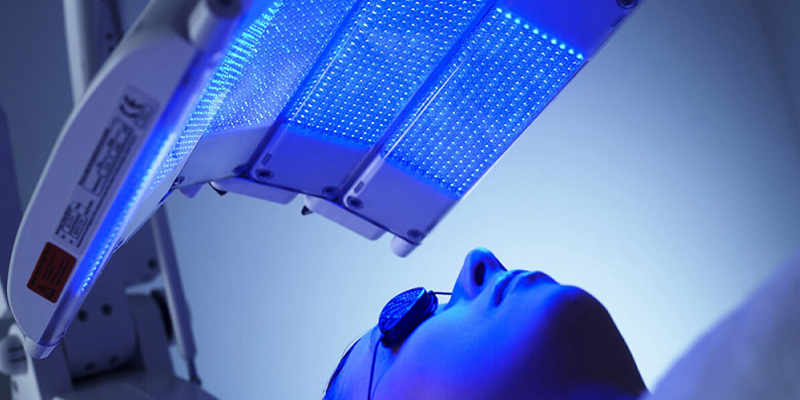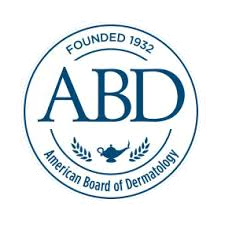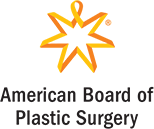HOW TO TREAT ACTINIC KERATOSES
Casey Bloom
Actinic keratosis is among the most common skin disorders encountered regularly by dermatologists in clinical practice. Studies showed that this skin condition represented 14%, or 47 million, of all dermatologist visits in the United States.
Suppose you recently underwent actinic keratoses removal. How do you maintain your skin after the procedure?
This article explores the different methods to treat actinic keratoses and discusses skin maintenance after undergoing actinic keratoses removal.
Actinic keratoses are rough, scaly skin patches often caused by ultraviolet (UV) damage. While this condition isn’t life-threatening, it can develop into skin cancer if left untreated.
Actinic keratoses is common in older people, according to studies in the Journal of Clinical and Aesthetic Dermatology (JCAD). Individuals at risk for this condition may also be at risk for skin cancer.
Several studies have been published in journals such as JAMA Dermatology, including information on lesion clearance. Still, learning how to maintain the skin after actinic keratoses treatment can help keep the skin healthy and lower the chances of the disease progressing to cancer.
Skin Maintenance Post-Actinic Keratoses Removal
After undergoing an actinic keratosis removal procedure, your treated skin may still have open wounds, swelling, or blisters, depending on your dermatologist’s treatment.
Although these conditions may be temporary, proper aftercare can help relieve and possibly hasten the healing process.
If you underwent treatment that did not involve sutures (stitches), your skin might still have open wounds. Depending on the size of the injury, your doctor can suggest leaving it open or covering it with a dressing.
To manage these wounds, consider the following tips:
- Keep the treated area dry and clean by washing it once or twice daily. You can also prevent crusts from forming or being pulled off by using an antibiotic ointment or petroleum jelly on the wound.
- If you’re removing a dressing but it sticks to your wound, wet the dressing first and pull it off unless your healthcare provider instructs you to remove the dressing dry.
- Avoid using alcohol, skin cleansers, iodine, peroxide, or soap containing antibacterial chemicals. These products can damage the wound tissue and slow the healing process.
In the case of cryotherapy or cryosurgery, the treated skin can develop blisters a few hours after treatment. The skin may also appear clear, purple, or red, and you may feel pain for up to three days.
Skin maintenance after cryosurgery does not often need special care while the skin heals. Instead, gently washing the treated area once or twice daily and keeping it clean is enough to avoid further complications.
You may notice a scab forming over your skin after the treatment. Avoid pulling this scab off. Instead, consider waiting for it to peel away naturally within one to three weeks.
If you wear clothes over the treated area, consider using a bandage or dressing to help prevent the fabric from rubbing against and further injuring the treated area.
How to Treat Actinic Keratoses
The proper actinic keratosis treatment for you depends on the following considerations:
- How many actinic keratoses that you have
- Where the scaly patches of skin appear on your body
- How the patches look like
- Whether you’ve had skin cancer or other medical conditions
The American Academy of Dermatology (AAD) lists the following treatment options for actinic keratoses depending on the doctor’s diagnosis:
- Cryosurgery: This procedure involves freezing the actinic keratosis, causing the scaly skin patches to fall off after a few days. Some actinic keratoses require more than one session before they fall off completely.
During the procedure, your dermatologist will apply an extremely cold substance like liquid nitrogen to the affected area. After cryosurgery, expect to see blisters or crusts on your treated skin.
- Chemical peel: A medical-grade chemical peel procedure destroys the skin’s top layers, which causes the treated skin to appear swollen, red, and sore. As this area heals, you should see new healthy skin.
A medical-grade chemical peel is usually unavailable at a salon or from a home-use kit.
- Laser resurfacing: This treatment option works by removing the skin’s surface layer. Your skin will feel raw and sore after treatment. However, within one or two weeks, your skin should heal and become healthier.
- Curettage: This procedure may be best suited for thick actinic keratoses. Your dermatologist performs curettage by first scraping the thick, dry scales from your skin.
The dermatologist can follow this procedure with an electrodesiccation which involves heating the treated skin to eliminate any remaining actinic keratoses cells.
- Photodynamic therapy (PDT): This option may be suited for patients who continue to grow new scaly patches even after treatment.
PDT has two parts:
- The dermatologist first applies a solution that makes your skin sensitive to light.
- Sixty to ninety minutes after application, you’ll be treated using a red or blue light.
The light activates the solution that destroys the actinic keratosis cells. Many patients need two PDT treatments; the healthcare provider usually gives the second one three weeks after the first.
You may need to avoid the outdoors for 48 hours after treatment to prevent UV rays from causing a severe skin reaction.
You must consult your dermatologist to know how to protect your skin at this time.
Actinic Keratoses Removal on Cancer Patients
Some actinic keratoses can become squamous cell skin cancer, especially when left untreated. Because of this effect, some individuals refer to actinic keratosis lesions as precancers.
These lesions should not pose any immediate danger to your life. If you get diagnosed and treated early, actinic keratosis should not have the chance to become skin cancer.
For more information about actinic keratosis removal and other dermatological services, contact Texas Dermatology at 210-829-5180 for consultation or an appointment.
References
- Comprehensive Management of Actinic Keratoses (The Journal of Clinical and Aesthetic Dermatology)
https://www.ncbi.nlm.nih.gov/pmc/articles/PMC4187997/
- Skin lesion removal-aftercare
https://www.mountsinai.org/health-library/selfcare-instructions/skin-lesion-removal-aftercare
- Actinic KeratosisS: Diagnosis and Treatment
https://www.aad.org/public/diseases/skin-cancer/actinic-keratosis-treatment
- Actinic Keratosis (A Precancerous Condition)
https://www.hopkinsmedicine.org/health/conditions-and-diseases/actinic-keratosis








